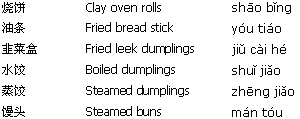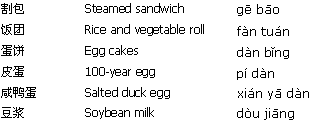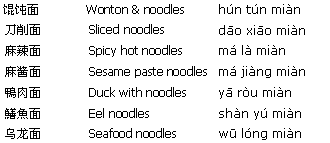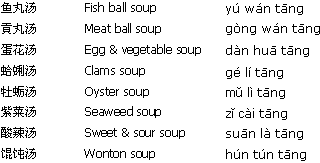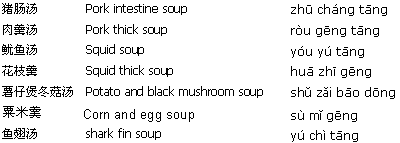Question: Fortune Cookie History - Who Invented the Fortune Cookie?
What are the origins of this popular cookie?
Answer: Where does the fortune cookie come from? The easy answer is that the fortune cookie as we know it today - with its distinctive shape and a fortune wrapped inside – is not Chinese at all. Modern day fortune cookies first appeared in California in the early 1900’s. Tracking down who invented the cookie that no Chinese take-out or restaurant meal would be complete without is tougher. Most sources credit either Makoto Hagiwara or David Jung. Of the two, Hagiwara, seems to have the stronger claim.
Hagiwara, a Japanese immigrant who had served as official caretaker of the Japanese Tea Gardens since 1895, began serving the cookies at the Tea Garden sometime between 1907 and 1914. (His grandson, George Hagiwara believes the correct date is between 1907 – 1909). The cookies were based on Japanese senbei – grilled rice wafers. According to some sources; the cookies contained thank you notes instead of fortunes, and may have been Hagiwara’s way of thanking the public for getting him rehired after he was fired by a racist Mayor.
Meanwhile, Canton native David Jung had immigrated to Los Angeles. In 1916 he founded the Hong Kong Noodle Company. He claimed to have invented the fortune cookie around 1918, handing out baked cookies filled with inspiring passages of scripture to unemployed men. However, even the Los Angeles Almanac website admits that there is no surviving documentation showing how he came up with the idea.
In 1983, the San Francisco Court of Historical Review held a mock trial to settle the issue for once and for all. (The Court has no legal authority; other weighty culinary issues they have settled include whether or not chicken soup deserves its reputation as “Jewish Penicillin”). During the trial someone provided the judge with a fortune cookie containing the message: “S.F. Judge who rules for L.A. not very smart cookie.” In fairness to Daniel M. Hanlon, the real-life federal judge who presided over the case, his decision rested on weightier pieces of evidence, including a set of grills. Still, it came as no surprise when the Court sided with Hagiwara and ruled that San Francisco is the birthplace of the fortune cookie.
Equally unsurprising, Angelenos ignored the ruling. Many sources continue to credit Jung with inventing fortune cookies. But for now, Los Angeles (County) will have to be satisfied with being the official birthplace of the Cobb Salad and the Shirley Temple mocktail.
Or maybe not. Yet another possibility is that the fortune cookie was invented by a Japanese American living in Los Angeles. That is the claim of the proprieters of Fugetsu-do confectionary, a family owned and operated bakery in the Little Tokyo district of downtown Los Angeles. According to the Kito family, the idea for the fortune cookie originated with their grandfather, Seiichi Kito, who founded Fugetsu-do in 1903. While the confectionary quickly became famous for its mochi – sweet round rice cakes accompanied with everything from sweet red bean paste to peanut butter – at some point Kito began making fortune cookies and selling them to Chinese restaurants. According to sources his inspiration was omi-kuji – fortunes written on slips of paper found in Japanese Buddhist temples. (Today, you’ll find omikuji-senbei - “fortune crackers” - sold in bakeries in Japan). Their website alludes to a 1927 letter crediting a Japanese American living in Los Angeles with inventing the fortune cookie. Visitors to the shop can still see the original fortune cookie molds on display in the front store window “collecting dust and memories.”
But where does the inspiration for modern-day fortune cookies come from? Despite the fact that fortune cookies have proved about as popular in China as a plate of cooked spinach is to the average five-year old, their origins may be Chinese after all. Every fall (the 15th day of the eighth month in the Chinese calendar, to be exact) the Chinese celebrate the mid-Autumn Moon Festival. Children hear the legend of how, in the 14th century, the Chinese threw off their Mongol oppressors by hiding messages in Mooncakes (which the Mongols did not like to eat). On the night of the Mid-Autumn Moon Festival, the rebels attacked and overthrew the government, leading to the establishment of the Ming dynasty.
Mooncakes sold today don’t contain messages. Still, some believe that during the American railway boom of the 1850’s, Chinese railway workers came up with their own substitute for the mooncakes they were unable to buy: homemade biscuits with good luck messages inside.


